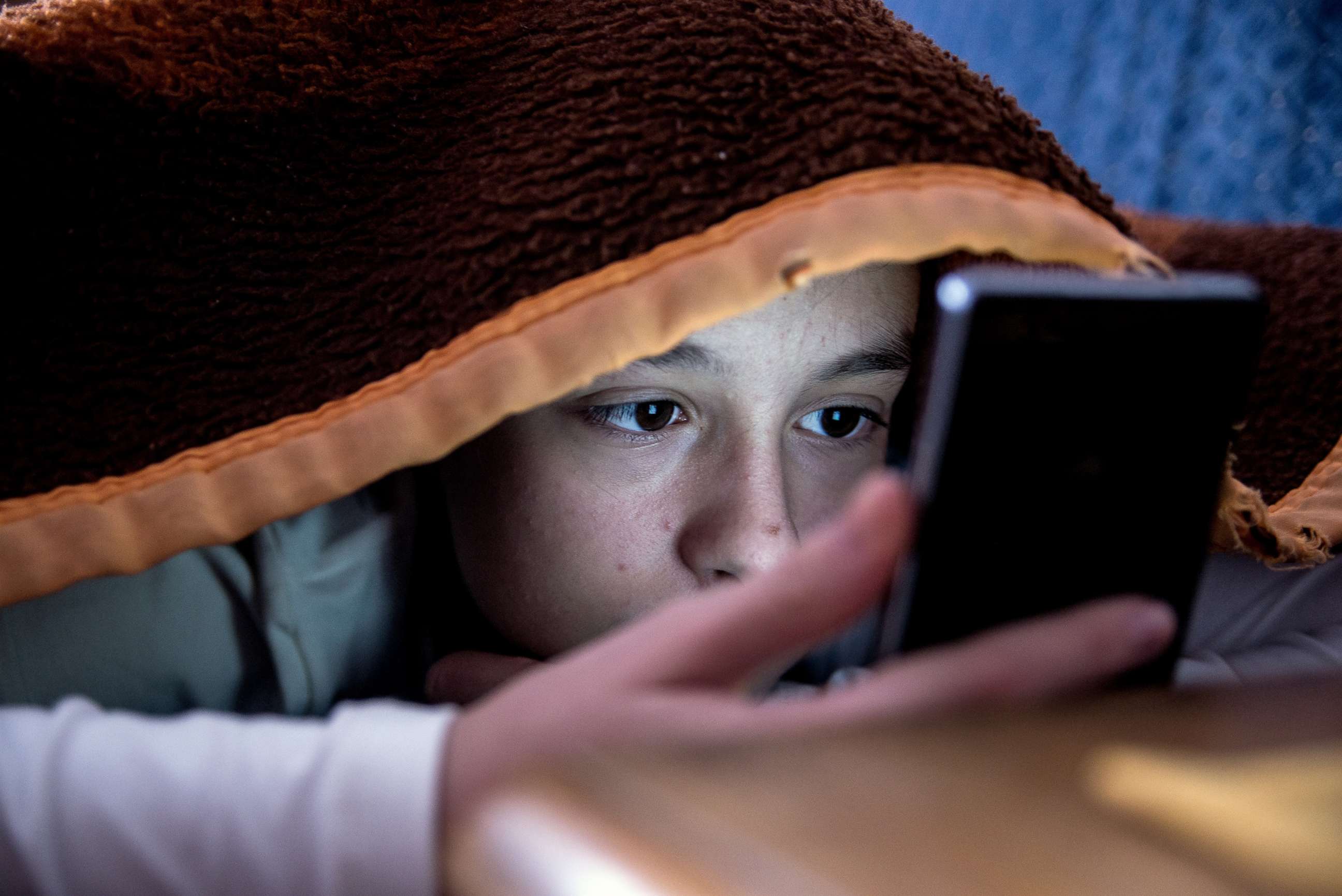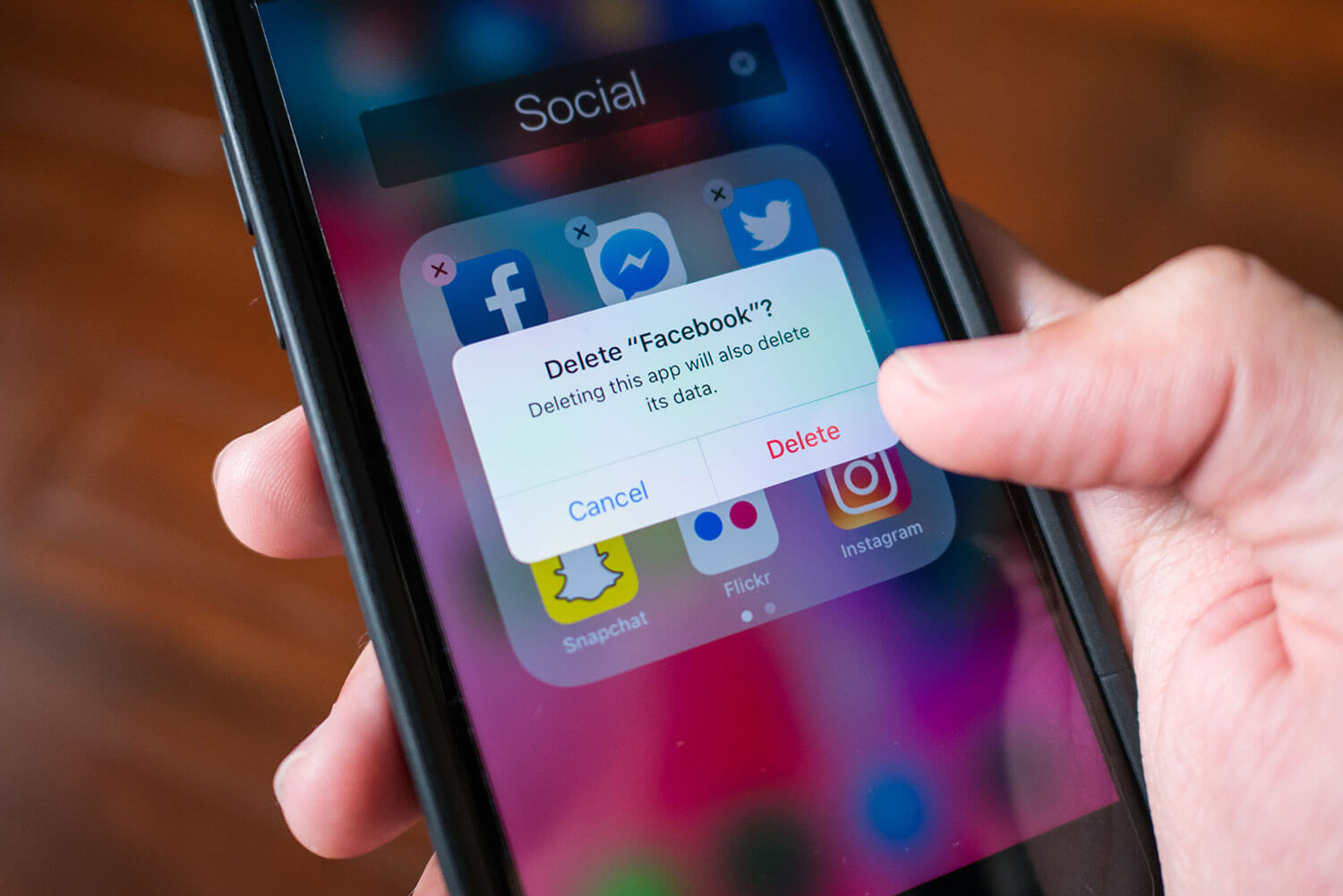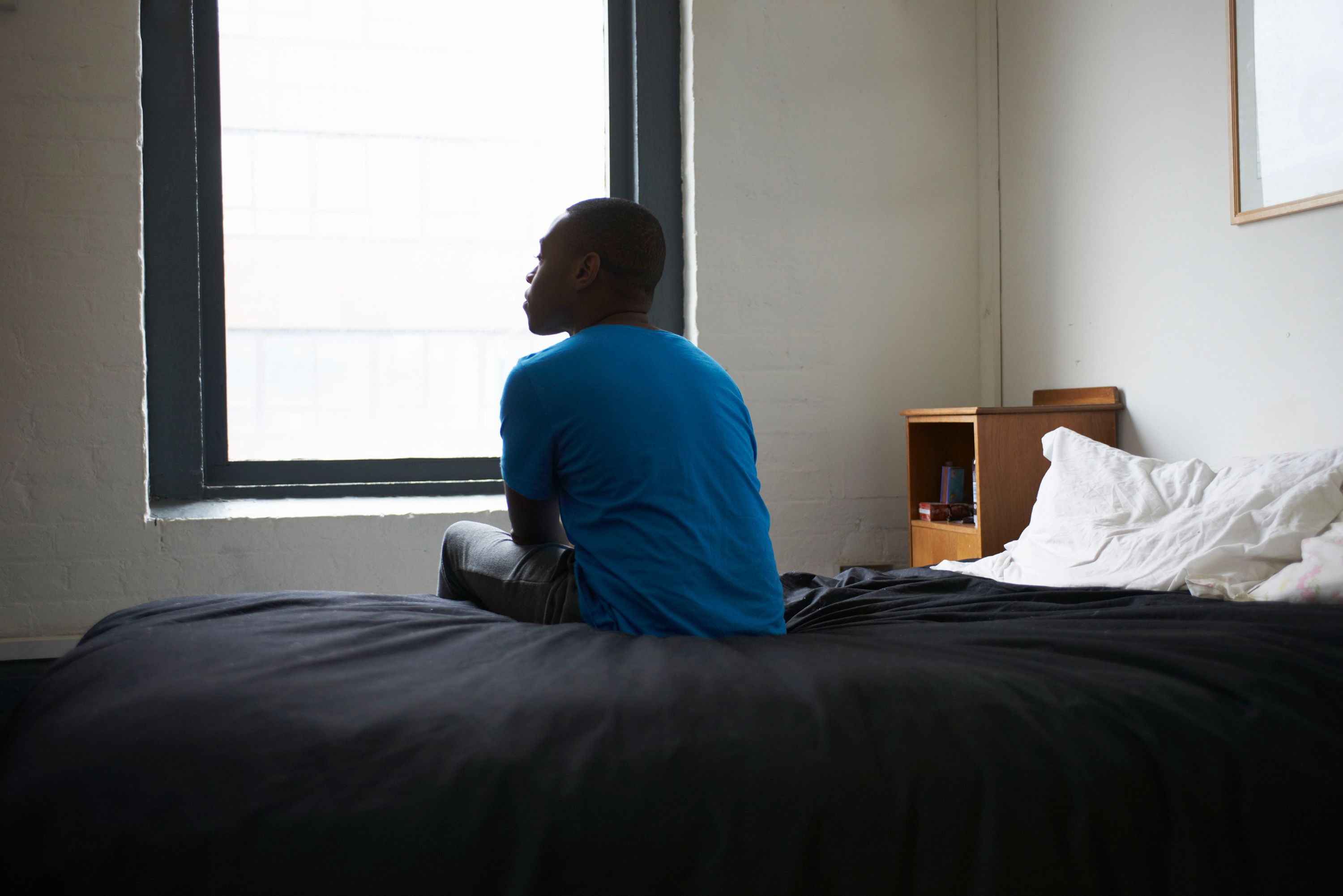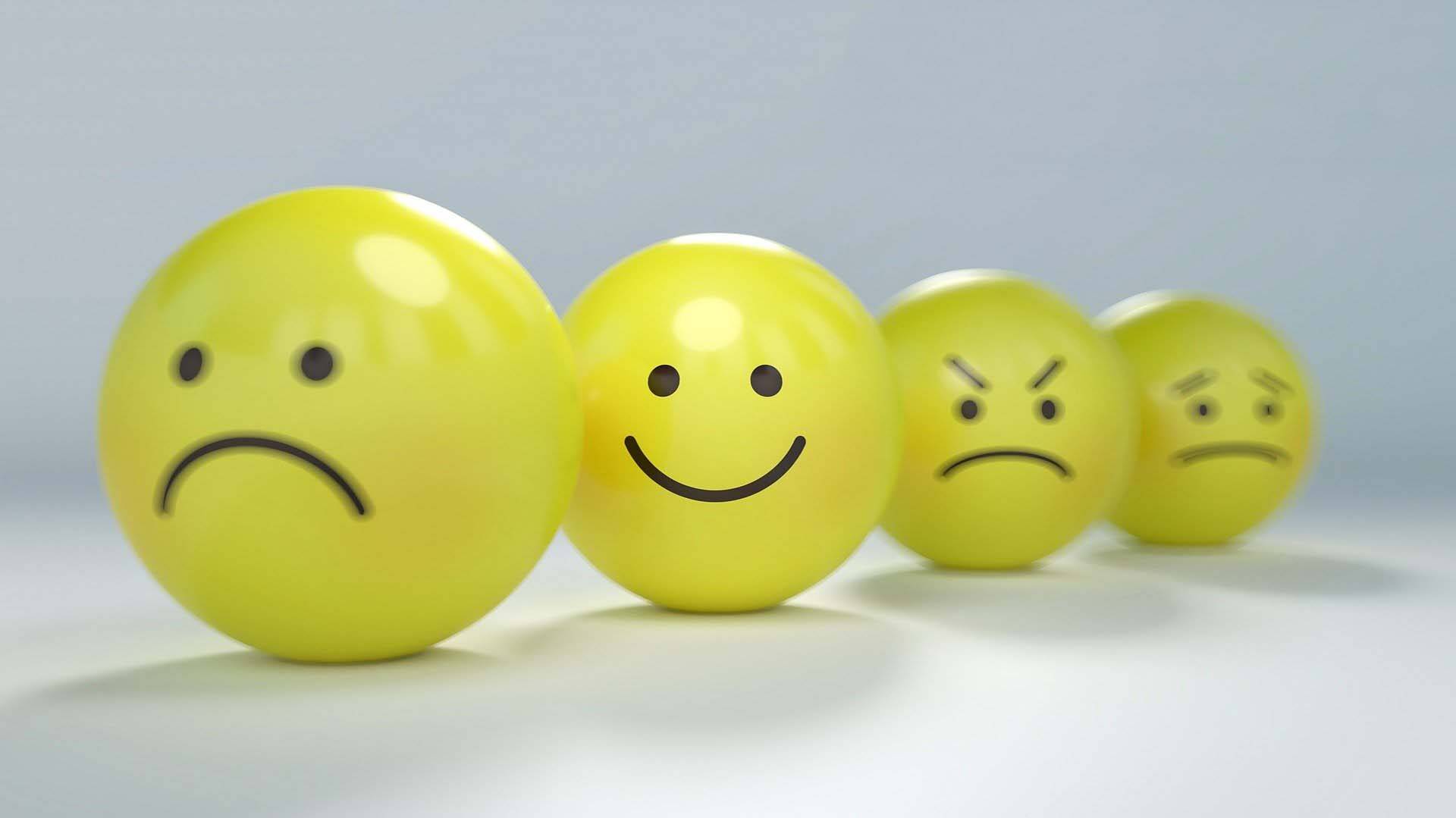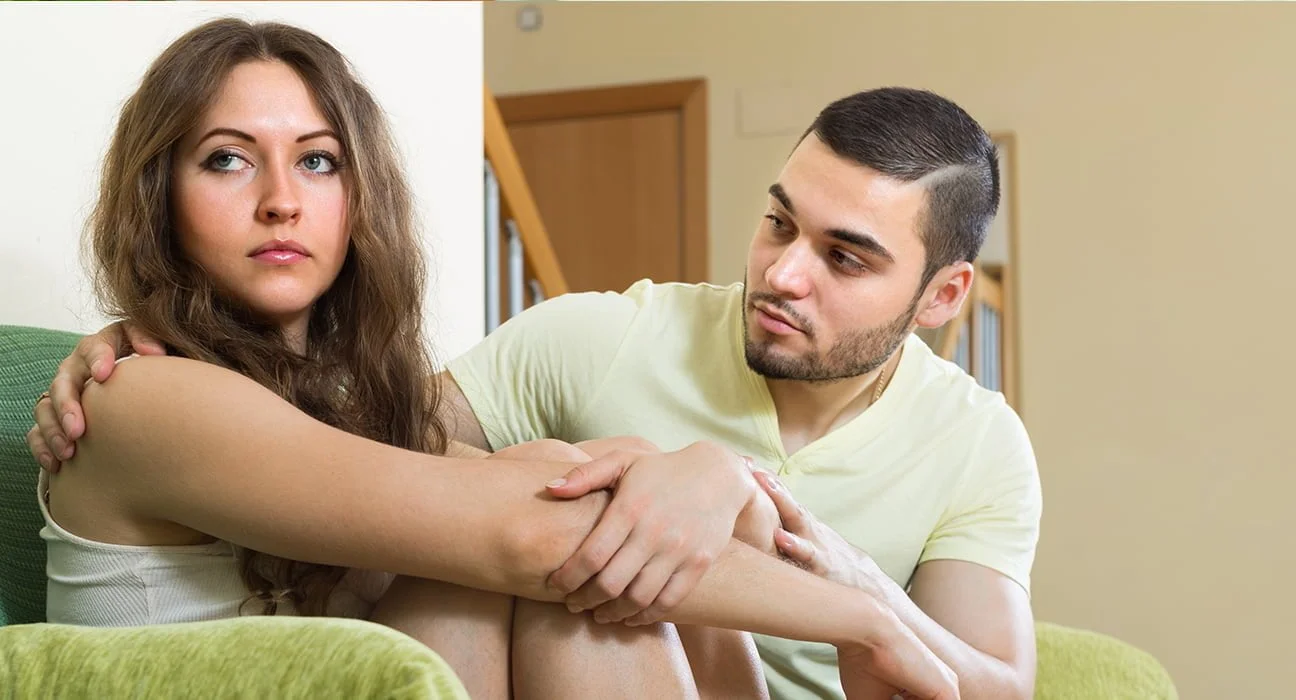Understanding Cyberbullying & Harassment
In this day & age, most people will come across some form of Cyberbullying whilst online.
Thats why it's important to know how to best deal with & prevent Cyberbullying
Cyberbullying involves using digital platforms to send mean text messages, post hurtful comments on social media, or spread rumors through email. Unlike occasional bullying, harassment is a persistent and more severe form of abuse that can lead to serious legal consequences.
Both cyberbullying and harassment can have a significant impact on a person's mental health. It's important to understand the signs of cyberbullying and harassment, and to take steps to protect yourself online.
Signs of Harassment
Harassment can ultimately be a number of things.The person or people harassing you could be someone you know, a neighbour, someone from your local community or a complete stranger.
For something to be deemed as harassment, there has to of been more than a single incident. If someone makes you feel:
- Distressed
- Humiliated
- Threatened
This may be harassment.
How to Protect Yourself
Avoid doomscrolling
Pay close attention to how social media and online content is influencing you. How does it make you feel?
Does reading the news make you feel informed or stressed?
Does seeing photos of your
friends at a party make you feel good or envious?
Do you check your phone first thing in the morning to learn about breaking news or out of
pure habit?
Identifying why you are online and how it makes you feel can help you set the right personal limits.
Protect yourself and others online
Check the privacy settings on all your social media profiles.
Keep webcams
covered when not in use.
Be careful when signing up to apps and services online - especially providing your full
name, address or photo.
If you are concerned about something you have seen or experienced online, you should report
the incident on the platform in question
(remember to take a screenshot as a record) and look up safety helplines and mental
health services in your country for more support.
You can help others too, by being mindful of their online experiences, recognizing the signs that a classmate, friend or even stranger, is not well or exhibiting signs of distress, and helping them get the support they need.
Choose kindness
Use social media for good, by sharing positive and supportive content and messages with your
friends, family and colleagues.
For example, you could reach out to let someone know you're thinking of them or add a
positive comment on a post they shared.
If you find yourself responding to a message or post with something negative, pause and consider whether you could frame it in another way or have an in-person conversation instead. If you see or receive messages or content you consider to be bullying or abusive, you should block and report it.
Words matter and it's important to think carefully about what we share. We all have the power to be kind and make someone's day!
Stay present and connected IRL
The lines between the online and offline worlds can feel increasingly blurred, making it hard to live in the present moment and satisfy our innate need for human contact.
Do you ever find yourself interrupting what you are doing so you can post it on social media,
or scrolling through your friend's stories rather than calling or meeting up to see how they
are doing?
It's important to try and switch off and take a break from social media every
now and then and spend time with friends and family in real life too, where it's safe to do
so.
Try and set yourself realistic and personal goals, for example not picking up your phone or going online for the first hour of the day (it wastes energy and trains you to absorb information unfiltered) or just before bed.
Activities such as meditation, going for a walk, or calling a friend will help provide a similar stimulation but leave you feeling more focused and relaxed.
